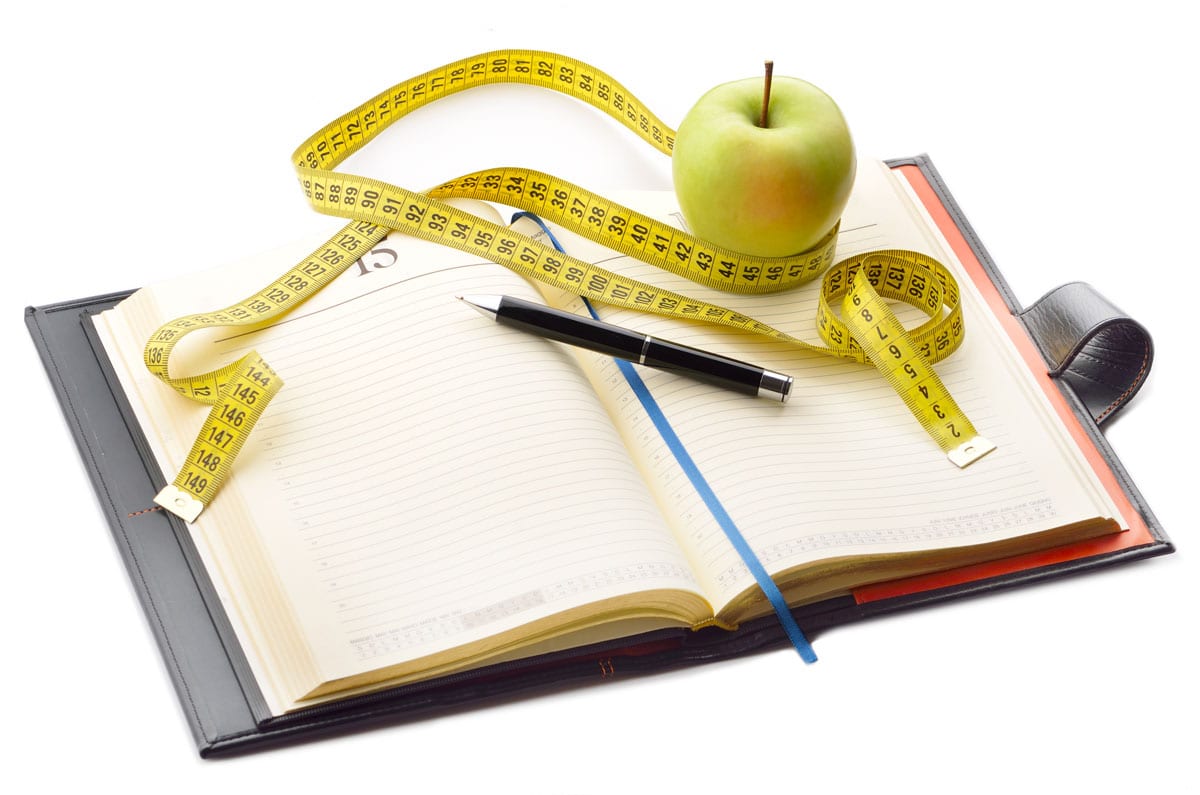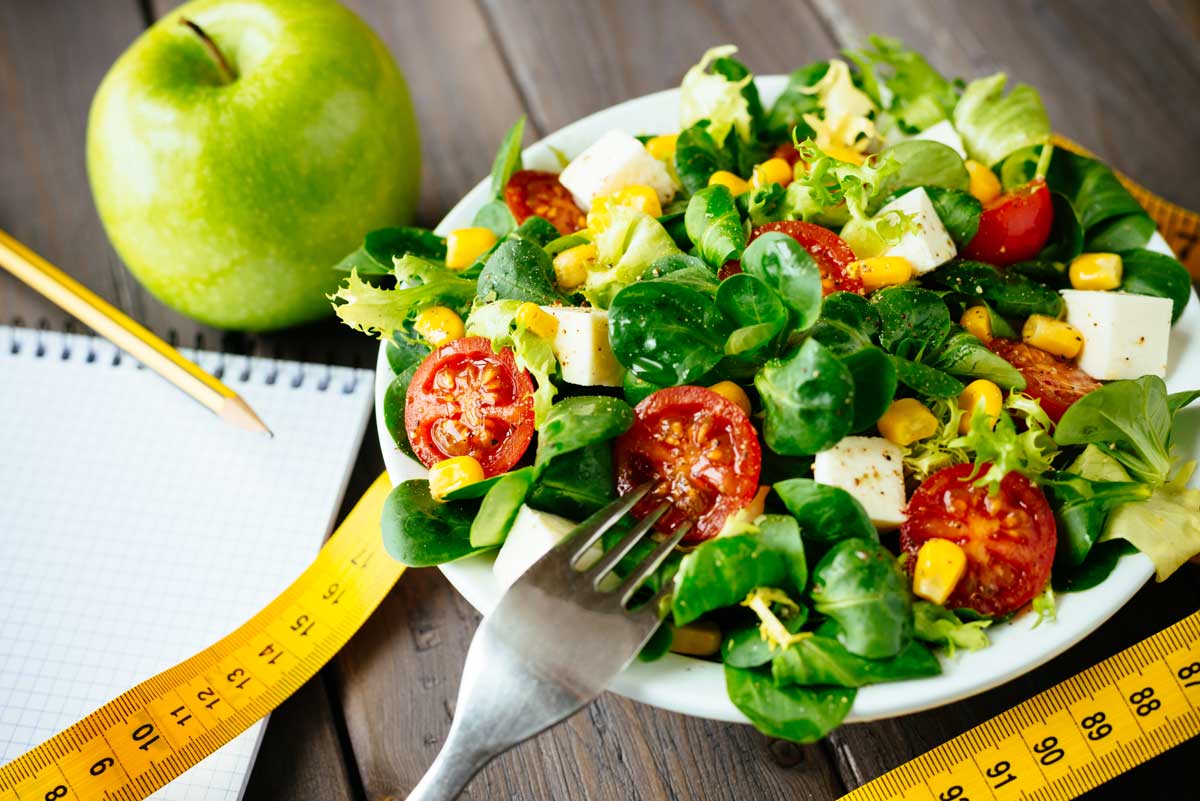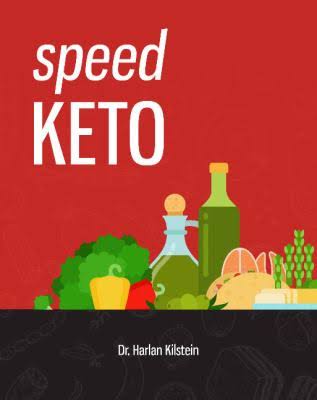Are you struggling to keeping track what you eat and end up taking in all those extra calories without having a proper record? You are not the only one trying to cope with the calorie count of your everyday intake.

Reasons to know your eating habit
The last bit can be insightful if you can pen down your deepest emotions. Moreover, such self-revelations do often lead to a good laugh when you revisit your records. And the best way to keep a record is by maintaining a food journal.
What is a food journal?
A food journal is a record of your relationship with food. It’s more like self-discovery of those eating patterns that often get ignored in your daily chores. Your food journal if done carefully will help you to get to the real truth that keeps you from achieving your health aims. And here’s why you should kick-start your endeavor to maintain a food journal.
The truth about how many extra calories, sugar, fats, etc. you consume in the form of different foods. Remember, the calories are not always the culprit, you also have to worry about what else are you taking in excess and what all essential ingredients you are missing on?
It will generally be an eye-opener and you will be surprised to see the results if you sincerely make entries in the following columns:
- The food that has been consumed.
- Time of consumption.
- The portion sizes.
- Place where the food was consumed.
- People you eat with.
- The reason for your eating.
Food Journal to know your diet
It is a good idea to refer to certain food journaling websites or even books that will give you proper information about the nutritional value of different foods (both raw and prepared).
- If you do it digitally, then the apps or websites take care of the nutritional content and give you a detailed breakdown of your consumption, which is good if you are generally pressed on time.
- However, if you can manage a few minutes from your routine, then you should go in for the manual mode for it enriches your knowledge about the nutritional aspects of food.

No matter which model you prefer from the above but a journal entry should not be left to the end of the day because you may avoid some necessary details. In contrast, a regular entry helps you keep a proper and elaborate account of your dietary patterns that are essential to unveil the primary reason behind your obesity or other health concern.
These are some key tips to maintain a proper food journal that can help you track what you eat and consume most diligently. These tips will eventually lead to a habit of tracking and show some surprising trends and patterns, in your diet and your moods. You might find out that most of your hunger pangs have nothing to do with appetite but are led by stress or mood swings.

Such revelations might instigate you to take serious calls on your diet! And when it comes to maintaining diet, it is highly recommended that to ben well-informed about the significance of a balanced diet. This gives you a fair idea of what the ideal proportion of nutrients essential is for the overall growth of your body.
The Perfect Form of a Balanced Diet
Even the United States Department of Agriculture, with developments in nutritional science, now recommends eating a balanced plate by taking food from five groups, namely-

Vegetables: You can nosh on any of the five subgroups of the vegetables- leafy green, red or orange veggies, starchy vegetables, beans and peas (legumes), and others like zucchini.
Fruits: Whole fruits are recommended by many nutrition experts over juices because the former is rich in fiber and more appetizing.
Grains: While you can feast on both whole grains and refined grains, the former is rich in fibers as well as protein and the latter one is processed and ripped off their nutritional value. Some of the most nutritional grains include oats, brown rice, barley, quinoa, etc.
Protein: The significance of including proteins in daily diet has been underlined by the 2015-2020 Dietary Guidelines for Americans that suggests having protein make up for at least a quarter of a plate. Primary sources of protein include chicken, turkey, fish, pork, legumes, beans, etc.
Dairy: These products are a significant source of calcium and should be a part of your daily consumption. From ricotta cheese to Greek yogurt to soy milk, you will be spoilt for choices when it comes to purchasing dairy products.
To know more about a balanced diet, have a read at one of our posts- Contol your Appetite.
Let’s Keep Track What You Eat
Knowing about a balanced diet and following a strict dietary regime to attain maximum benefits are two different ball-games which can be streamlined by keeping a regular food journal.
Moreover, keeping a food journal will help you know what regulates your hunger, when you often feel hungry, how much you eat, and how much is required by your body.
It also helps you weigh different triggers that led to hunger. In fact, A Kaiser Permanente study showed that people who kept food journals were able to lose weight much faster than the ones who were not.
Hence, with all this information at your hands, don’t you think maintaining a track of your food intake is essential?
Final Say on keeping track on what you eat
In this age where almost everyone has a iphone of android with any one of a dozen of free applications, it is very easy to track what we eat and how many calories we eat.
We can also check the calorie levels in what we drink and eat.
It just takes will power and determination.
Good luck in managing your diet.
Other Articles you may like.
Hamstrings and Calves Stretch
Often hamstrings and calves can become tight as a result of poor posture, always sitting down as a result of our inactivity sedentary lifestyle. This lifestyle shortens the gip flexor muscles cause the hamstrings to tighten.
Abdominal Ball Crunch with Twist
The Abdominal Ball Crunch with Twist requires controls and strength to undertake. The ball provides lots of lateral movement that requires the core intelligence to work. This exercise helps tone the tummy muscles as well as strengthening your spinal muscles that will...
Ab Hip Raise
The Abdominal Hip Raise, Ab Hip Raise, or often referred to as “The Bridge” is designed to strengthening the core abdominal muscles and Quads. These muscles support the lower back, spine and help with your posture. Find out more.






